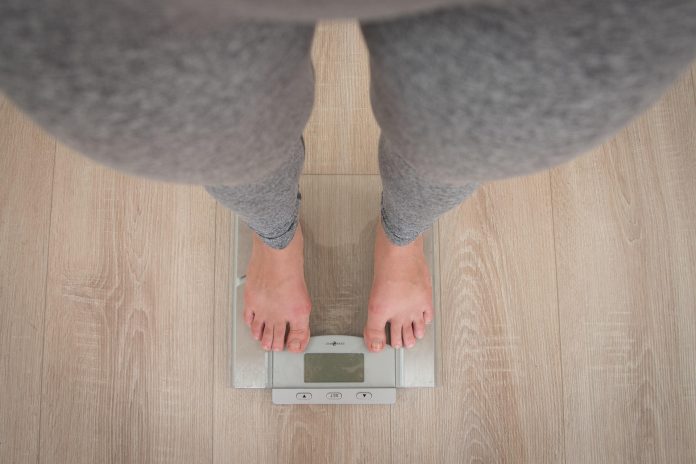Medical Disclaimer: This article is for informational purposes only and should not replace professional medical advice. Before starting any weight loss program, diet changes, or exercise routine, consult with your healthcare provider, especially if you have existing health conditions, take medications, or have concerns about your health.
Losing one pound requires burning about 3,500 more calories than you eat. That’s the basic math behind weight loss, though your body doesn’t always follow the textbook perfectly.
You can create this deficit by eating less, moving more, or doing both. Most experts recommend combining diet and exercise for the best results and to keep the weight off long-term.
What Really Happens When You Lose Weight
Here’s the catch: when you lose weight, you don’t just lose fat. Without the right approach, about a quarter of what you lose comes from muscle, while three-quarters comes from fat. That’s a problem because muscle burns more calories throughout the day than fat does.
Think of muscle as your body’s engine. The bigger the engine, the more fuel it burns even when parked. Each pound of muscle burns about 6-10 calories per day just existing, while fat only burns 2-3 calories per pound.
Keeping Your Muscle While Losing Fat
The good news is you can tip the scales in favor of fat loss with two simple strategies: eat enough protein and lift weights.
Protein helps preserve muscle during weight loss. Aim for about one gram of protein per pound of body weight. That means if you weigh 150 pounds, try to get 150 grams of protein daily. Spread it throughout your meals rather than cramming it all into one sitting.
Strength training tells your body to hold onto muscle even when you’re eating less. You don’t need to become a bodybuilder, but lifting weights or doing bodyweight exercises a few times per week makes a huge difference.
The Fasting Factor
Intermittent fasting has become popular as another tool for weight loss. Common approaches include eating only during an eight-hour window each day or fasting for entire days once or twice per week.
Fasting can help create that calorie deficit needed for weight loss, and some people find it easier than counting calories all day. When you’re not eating for 16 hours, you naturally consume fewer calories overall.
Research suggests fasting might also help preserve muscle better than traditional dieting, especially when combined with protein-rich meals and strength training. The key is what you eat during your eating windows matters just as much as when you eat.
However, fasting isn’t magic. If you eat too much during your eating periods, you won’t lose weight. And if you don’t get enough protein or skip resistance training, you’ll still lose muscle along with fat.
Why Everyone’s Different
Your age, gender, and starting point all affect how quickly you lose weight. Men typically lose weight faster than women because they have more muscle mass and higher metabolic rates. Younger people often see faster results than older adults.
People with more weight to lose often drop pounds quickly at first, while those closer to their goal weight may see slower progress. This is normal and doesn’t mean you’re doing anything wrong.
Your Body Fights Back
Your body doesn’t want to lose weight. It sees weight loss as a threat and tries to slow things down by reducing your metabolism. You might notice you feel colder, move less throughout the day, or feel more tired. This is your body trying to conserve energy.
This is why extreme diets often backfire. Cut calories too drastically, and your body slams on the metabolic brakes, making further weight loss much harder.
Making It Work
The sweet spot for most people is losing 1-2 pounds per week by creating a deficit of 500-750 calories daily. This keeps your metabolism humming while allowing steady progress.
Mix cardio with strength training for the best results. Cardio burns calories during exercise, while strength training preserves muscle and keeps your metabolism higher long-term.
Don’t forget about sleep. Poor sleep messes with hunger hormones and makes it harder to stick to your plan. Aim for 7-9 hours nightly.
Whether you choose traditional calorie counting, intermittent fasting, or another approach, the principles remain the same: create a moderate deficit, eat enough protein, lift weights, and be patient with the process.
Beyond the Scale
While tracking weight can be helpful, how your clothes fit often tells a better story. Muscle weighs more than fat, so you might lose inches while the scale stays the same or even goes up slightly. Focus on how you feel, your energy levels, and whether your favorite jeans are getting looser. These changes matter more than any number on a scale.
Discover more from Northeast Ohio News
Subscribe to get the latest posts sent to your email.











